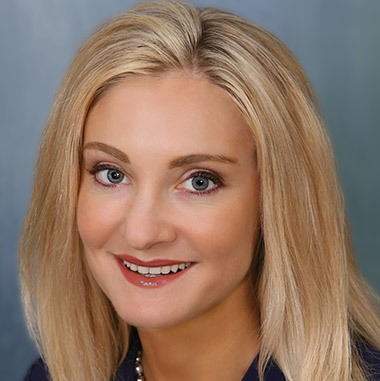
With Changes in Donor Expectations Comes New Opportunities for Nonprofits
Seasoned gift planners have seen several technology-based paradigm shifts during their careers. In the 1980s, after personal computers became readily available, companies like Crescendo released gift planning donor illustration software, allowing gift planners to produce professional illustrations and creating new donor expectations. With increased Internet connectivity in the early 2000s, nonprofits shifted their marketing to include web and email-based communication, broadening their approach to reach more donors.
The pandemic has led to another technology-based paradigm shift. Facing fewer in person donor opportunities, nonprofit fundraisers have spent the last two years experimenting to find new ways to maintain existing relationships and cultivate new ones. What may have initially started out of necessity has grown, giving rise to new donor expectations.
The experience of the last two years has fundamentally altered gift planning, and these changes are here to stay. While there may be more comfort with in-person visits in the future, the virtual world has taken hold of the gift planning process. Rather than a return to normal, fundraisers should embrace a multifaceted “new normal.” The “new normal” is one where the old and new co-exist together, recognizing what donors and fundraisers want and need.
With Meetings, Use A Hybrid Approach
What will the “new normal” look like? To start, it will rely on a hybrid approach that utilizes both traditional in-person donor visits while also relying on virtual meetings using programs like FaceTime and platforms such as Zoom, Go-to-Meeting and Microsoft Teams.
Donors’ have varying levels of comfort when it comes to meeting “in person” as compared to meeting by phone or “virtually.” The effective gift planner will need to embrace a donor-centered approach when setting up meetings, one that starts by asking the donor about his or her preferences. Don’t make assumptions about your donor’s preferences. Ask them and then tailor your “visit” to meet their needs. For example, some super senior donors are increasingly tech savvy. Over the past two years, they may have been using technology to connect with their grand kids and they might prefer to meet with you virtually too.
Many donors have also grown accustomed to reviewing proposals sent by email rather than mailed or by personal delivery. One advantage of using technology to share a donor proposal is you can put the proposal in the hands of the donor before your visit. For many donors, this will provide the chance to review the proposal in advance which could make your meeting (in-person or virtual) more productive. Again, the key is for gift planners to adapt to each donor’s desires and needs.
With Your Team, Embrace Flexibility
The pandemic has tested the ability for many nonprofits to operate effectively while working remotely. Despite some initial struggles, many organizations succeeded in getting their staff to adopt new technologies and stay connected. For gift planners, the migration to virtual technology has also created increased flexibility that allows for donor meetings outside of regular business hours - meaning donors have new expectations about when they can talk about their goals and how to structure their giving.
In response, some nonprofits have found that by giving their fundraising staff greater flexibility, in terms of work hours, they are able to successfully close more gifts and donor satisfaction has increased. Fundraising consultant Judi Johnson has noted that the best gift planners have thrived after going virtual because they were never really in the office to begin with - they were always out meeting with donors.
When Closing Gifts, Leverage Technology
One thing we have seen is that donors’ expectations about how to make planned gifts have changed. It used to be that only current gifts could be made online whereas planned gifts required an in-person visit. That paradigm has shifted. Not only do donors accept “virtual visits” and “virtual illustrations” but they now expect to be able to make “virtual gifts.”
This expectation has made “virtual planned gifts” commonplace. Over the last two years we have seen new web applications for online wills planning, qualified charitable distributions (QCDs) from IRAs and donor advised fund (DAF) gifts. Expect to see more growth in this area.
As Donors Change, We Must Change Too
The changes we have seen over the last two years with the latest paradigm shift – in terms of cultivating donor relationships, helping staff achieve balance and fulfillment and using technology-based fundraising – cannot go unnoticed. Gift planners who embrace these changes will find that meeting new donor expectations, finding new ways to work together and adopting new tools to close gifts will open new doors and present new opportunities. It is astonishing how donors in the midst of a pandemic have continued to give and at record levels. In the “new normal” things will look different, but you may find that different produces something amazing, far beyond what anyone could have expected.

